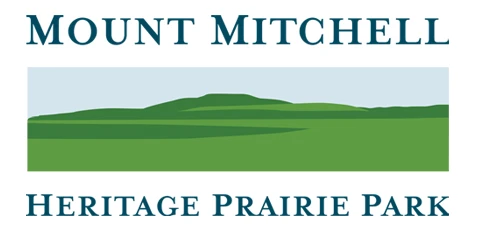
FLINT HILLS TALLGRASS PRAIRIE
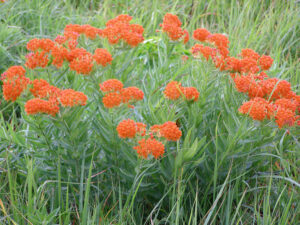 Grassland scientists and visitors from around the world come to this special place in the heart of North America where white limestone rock, grasses, and wildflowers merge with a blue prairie sky. Today the tallgrass prairie stands as the world’s best remaining example of a diminished ecosystem that is more endangered than the Amazon rainforest. Here the largest remnant of tallgrass prairie rests on the rolling landscape of the Flint Hills of Kansas. This precious vestige of approximately 5 million acres represents only 3% of the once vast tallgrass prairie in North America. Protected from the plow by outcrops of limestone and maintained by prairie fires, this treasure of tallgrass remains largely unaltered. It offers the finest forage on earth for grazing livestock, a last sanctuary for prairie plants and animals, and an unspoiled landscape of serene natural beauty.
Grassland scientists and visitors from around the world come to this special place in the heart of North America where white limestone rock, grasses, and wildflowers merge with a blue prairie sky. Today the tallgrass prairie stands as the world’s best remaining example of a diminished ecosystem that is more endangered than the Amazon rainforest. Here the largest remnant of tallgrass prairie rests on the rolling landscape of the Flint Hills of Kansas. This precious vestige of approximately 5 million acres represents only 3% of the once vast tallgrass prairie in North America. Protected from the plow by outcrops of limestone and maintained by prairie fires, this treasure of tallgrass remains largely unaltered. It offers the finest forage on earth for grazing livestock, a last sanctuary for prairie plants and animals, and an unspoiled landscape of serene natural beauty.
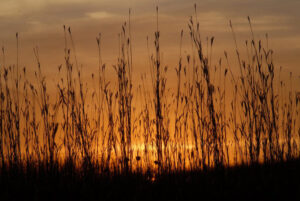 The prairie grasses and wildflowers that embrace the Flint Hills today began to assemble ten thousand years ago following the retreat of the ice sheet that extended to just south of Mount Mitchell. The pink quartzite boulders seen in the park were scooped up and carried in the ice from what is now Wisconsin and South Dakota.
The prairie grasses and wildflowers that embrace the Flint Hills today began to assemble ten thousand years ago following the retreat of the ice sheet that extended to just south of Mount Mitchell. The pink quartzite boulders seen in the park were scooped up and carried in the ice from what is now Wisconsin and South Dakota.
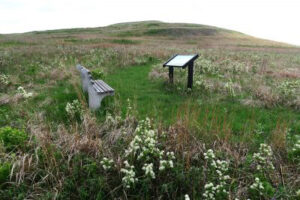 Wildflowers, the signature of the prairie, produce ever-changing landscapes of color from early spring through fall. The earliest windflowers that hide in the grass give way to a summer of colorful penstemon, purple coneflowers, and black-eyed Susans. The procession ends with the autumn goldenrod swaying in the wind. In the spring, when fires again sweep across the prairie, wildflowers come to life and renew the cycle.
Wildflowers, the signature of the prairie, produce ever-changing landscapes of color from early spring through fall. The earliest windflowers that hide in the grass give way to a summer of colorful penstemon, purple coneflowers, and black-eyed Susans. The procession ends with the autumn goldenrod swaying in the wind. In the spring, when fires again sweep across the prairie, wildflowers come to life and renew the cycle.
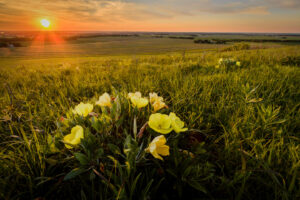 Survival of the tallgrass prairie along the edge of the encroaching eastern forest is due to the destructive, but renewing, element of fire that removes last year’s plant growth and destroys young trees and shrubs that struggle to invade the prairie.
Survival of the tallgrass prairie along the edge of the encroaching eastern forest is due to the destructive, but renewing, element of fire that removes last year’s plant growth and destroys young trees and shrubs that struggle to invade the prairie.
Ignited by Indians or lightning during historic times, fire, in the form of controlled burns, continues to be a tool used by the managers of the Mount Mitchell Heritage Prairie to maintain the prairie’s health.
Tom Eddy, Professor of Botany, Emporia State University
